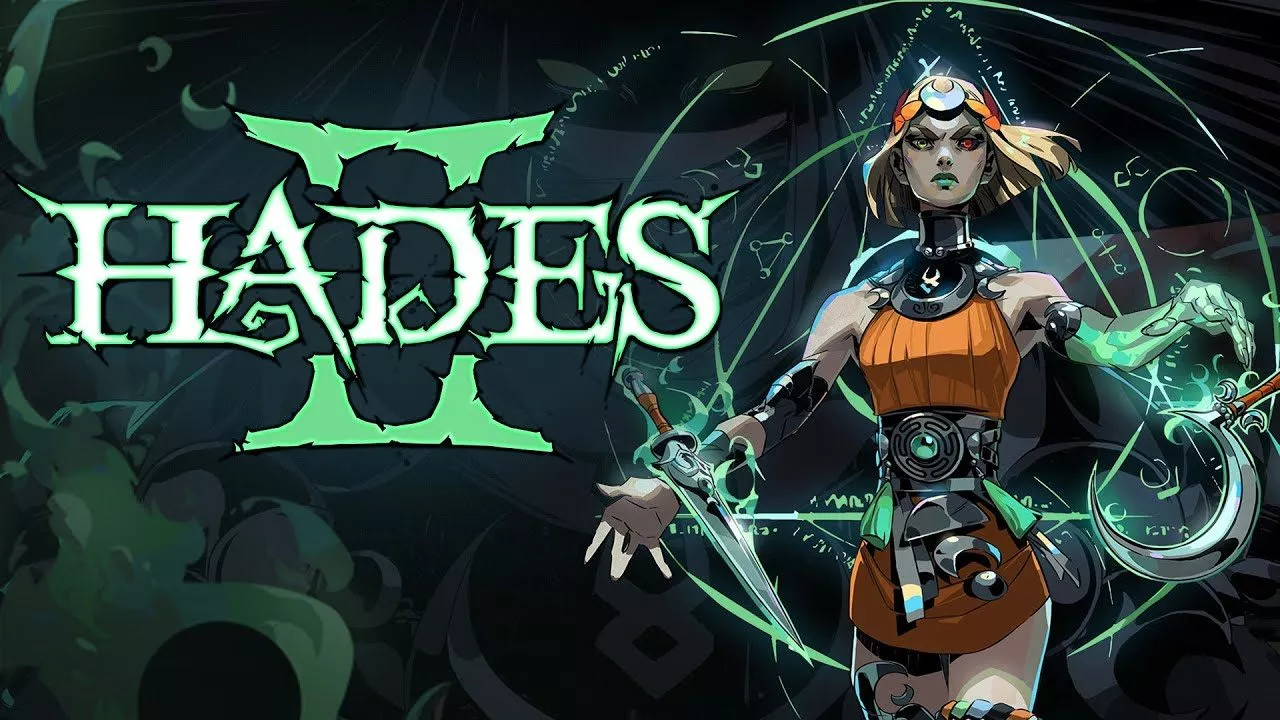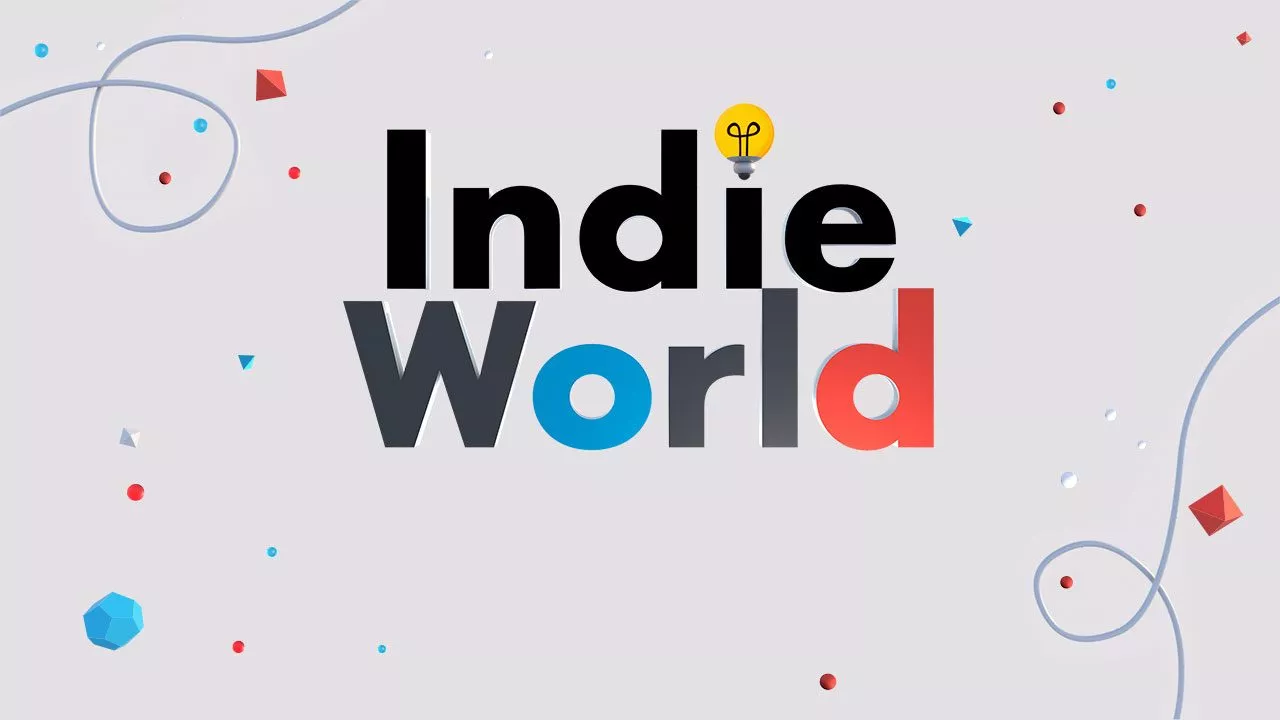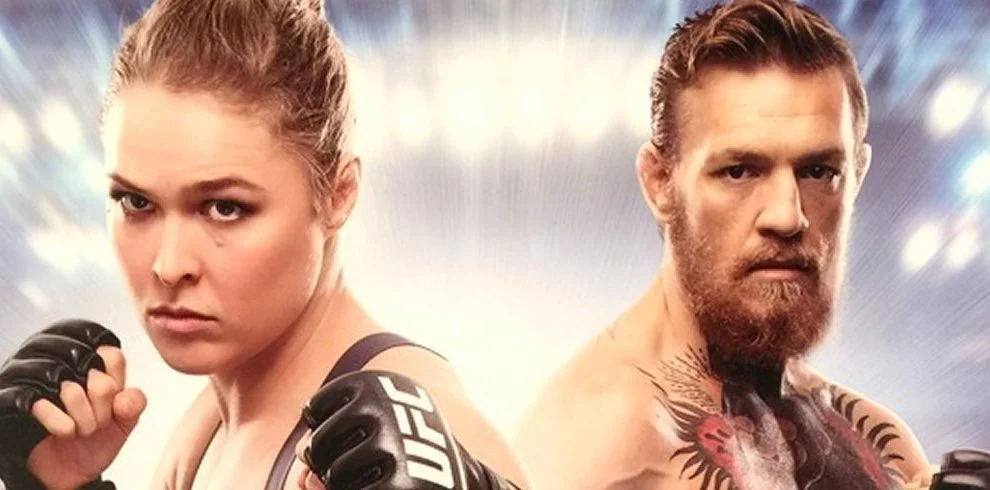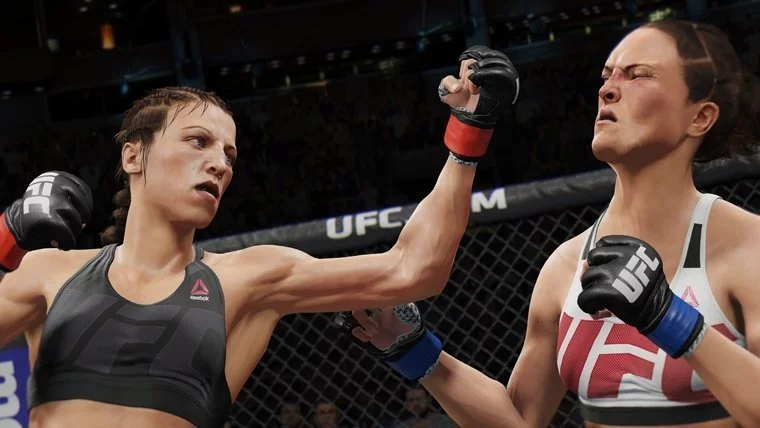The UFC has changed a lot in two years. EA Sports UFC arrived at a time where fighters could still wear shorts plastered with tacky, sometimes inappropriate sponsors, before Reebok homogenised (and butchered) fighter uniforms. The Conor McGregor era was in its infancy, his defining victory against Diego Brandao on Irish soil was still a month away. Ronda Rousey, Cain Velasquez and Anthony Pettis were unbeatable champions, Jon Jones was not yet in trouble with the law and the women’s strawweight division didn’t exist. The sport of mixed martial arts moves at a rapid pace, but looking at EA Sports UFC 2 you would be forgiven for thinking not much has changed.
In some cases not a lot needed to change. UFC 2 captures authentic television broadcast presentation better than any other sports title, and graphically it looks incredible. Those graphics come at a cost, and it would not surprise me if a large portion of the nearly two years between UFC releases was spent beefing up the fighter roster from 100 to over 250. The standup fighting is largely the same and still entertaining, while grappling has been simplified somewhat. If you liked the original EA Sports UFC, you’ll like UFC 2.
For those who missed the near console launch first game, those drawn to mixed martial arts by highlight reel knockouts will also find a lot to like in UFC 2. The stand up game is good and mostly just polishing the original mechanics with improved collision physics, better stamina management and a preference to “rock” a fighter with strong, unexpected blows in place of flash knockouts. Parries and dodges are timing based and rewarded with powerful counter opportunities but “natural” counter opportunities where you use the basic movement to make an opponent miss (or they simply misjudge a strike and leave themselves open) are not afforded the same rewards. It is still satisfying to punish somebody who throws slow, flashy kicks from a mile away by cracking them with a hook and an uppercut, but that shouldn’t be rewarded less than using the finger dislocating block and parry mechanics, which are slightly expanded from the original.
The biggest change between iterations is the simplification of the grappling commands from quarter circle movements to simply “hold a direction” with on screen prompts informing your exact options. This is a welcome addition but keeping your eye on the transition meter as it fills up as well as the action itself to time a potential counter proves challenging. Switching transitions from quarter circle commands to ‘charge’ moves is a welcome change that means you can no longer just style on an opponent with transitions, denying them a chance to react, and it better allows stamina and attributes to influence the grappling. Grappling and particularly counters really could have used some better tutorials, you need to identify the transition your opponent is attempting, the direction you need to flick to stop it and then time the move successfully. The clinch is much better off for the simplified transition system and is a deadly place to be against the wrong opponent, but little action takes place there compared to the ground.
Unfortunately several flaws from the original grappling engine remain, such as the ability to reverse or escape dominant positions in one transition. You can still escape from underneath full mount in a single transition, but ground and pound seems more effective and stamina management now matters in the ground game. Ironically it is now harder to escape from positive positions than it is from underneath mount or full guard, if you want to sprawl and brawl your way to victory you will find it tougher than it needs to be to keep the fight standing.
Submissions use the same direction based system as the original game with some chain submission options added on for those with quick reflexes. It is an effective system in multiplayer (provided there is no lag) but one that makes submitting (or escaping the submission of) an AI opponent arbitrary and the punishment of losing your hold for accidental flicks of the direction is frustrating, it is easy to double flick a direction as you frantically try and secure a position. As far as virtual submission fighting goes this is still the best implementation there has been, perhaps not grand praise considering the days where you could catch a punch by pressing two buttons and put your opponent into a fight ending armbar (thanks, Dreamcast UFC games).
I mostly found the mixed martial arts of UFC 2 to be fairly enjoyable, but you cannot deny the flaws of the engine. My career fighter stacked their defensive grappling and striking, sprawl and brawling their way to the UFC title, and I have had some enjoyable bouts online punishing opponents who were happy to spam Bruce Lee flying kicks and being taught a lesson by others who had mastered the parry system and punished my Diaz style volume punching approach. I even had some fun focusing on BJJ; transitioning at will, taking backs and choking out overmatched opponents.
Being of the receiving end of those BJJ wizards, that wasn’t much fun. Time will tell how UFC 2 stacks up as a deep, competitive fighting game but I don’t hold much hope due to transitions being based on reactions; there are no feints, there is no deception. When an opponent had mastered counters I was helpless to improve my position and balanced ground fights were at best a deadlock of moving between full and half guard. Striking has some depth but once you master the parry system and can pick the limited range of canned strike animations you may never actually get touched by an opponent.
It is this focus on creating a balanced, competitive fighting game that breaks the EA Sports UFC games as true simulations of the sport. Mixed martial arts by its definition is not balanced. Fighters train hard to keep out of dangerous situations like mount and the thai clinch because those positions are severely advantageous to a single fighter, situations that would give somebody trying to make a balanced game fits. You can’t create a multiplayer game with a “win button” like an inescapable full mount and expect it to remain unexploited, but in creating a way to get out of every situation you give players the ability to trivialise some of the most perilous positions in mixed martial arts.
This requirement of balance also stops fighters from truly being represented accurately. The fighter rating scale used in UFC 2 makes the traditional video game 7-10 scale seem broad, and that desire to make all fighters seem dangerous removes the unique strengths of the best mixed martial artists. You have to be willing to make Mark Hunt throw far more powerful, accurate punches than the average fighter, to make Ronda Rousey throws and armbars near impossible to avoid. Fighters still have unique styles, grappling with Royce Gracie will leave you bamboozled as he counters and transitions at will, but in a sport where styles make fights UFC 2 is not willing enough to say somebody just isn’t good at something, that one fighter is significantly inferior to another.
I don’t have the answers as to how to both make a balanced game and replicate mixed martial arts, perhaps separating single and multi player grappling engines so solitary players are not stuck with a balanced but ultimately unrealistic ground game. One area that could be used better is the perk system, a selection of advantages for individual fighters that currently include mundane abilities like “recover stamina faster when moving” or “increase chances of flash knockouts from head kicks by 10%”. If these instead boasted fighter exclusive bonuses that mattered, like a Rousey exclusive “single transitions for armbar submissions” it would help a lot to both differentiate fighters and better replicate what makes mixed martial arts so interesting.
As for ways to play the game, things have improved since the original game but some may not like the choices made. The career mode is dry, a vast improvement on the first game but still lacking soul and padded with training camp grind. The wooden interstitial videos from UFC fighters are thankfully gone and training camp mini games can now be simulated with no disadvantage should you achieve an A rank once in that game. You still have to unlock advanced (and even not so advanced) moves, grappling transitions and submission holds, and there is a random chance you will suffer training injuries or permanent stat reductions if you work too hard.
This would be fine if it wasn’t the only nod career mode gives to the realities of fighting in the UFC. Rather than starting your career on the independent or amateur circuit you are thrown into a token Ultimate Fighter bracket and upon victory thrust onto UFC undercards as you make your way through fake fighters designed to pad your progression out before reaching the ‘real’ UFC stars. By the time my women’s bantamweight fighter did exactly that, Ronda Rousey had retired. Another time I was offered a fight with 97 rated Anderson Silva who had somehow fallen to 17th in the middleweight rankings. I declined that fight and beat the senses out of a fake fighter instead.
You will often have a record breaking UFC win streak going by the time you are even offered top ten fighters, and that is not how the UFC works. A slow progression career mode is fine, but trying to wedge it into a full UFC presentation doesn’t make sense. It also meant by the time I was fighting for titles I was doing so against fake fighters or guys I struggled to recognise like Elias Theodorou. One welcome change to the career mode was being able to switch weight classes mid career, but ultimately career mode is a barely serviceable way to have 30 or so fights and customise a fighter’s moveset. PSA: if you have a successful enough career you unlock all the bonus fighters such as Kazushi Sakuraba, Royce Gracie and Mike Tyson. No need to pay for them.
Other than the lacklustre career mode you can fill your time with entertaining novelties in the knockout and event modes or take on more substantial online options like ranking challenges or the traditional EA Sports Ultimate Team, where you earn or can buy booster packs to improve a stable of created fighters. The microtransaction engine found in other EA Sports Ultimate Team modes is present here of course, but if competitive multiplayer with a continuous improvement hook is your thing this is the mode you will be spending your time with. Online play was smooth in my experience if you could find a close by opponent. The create a fighter mode is much improved, particularly the ability to modify and customise your EA Game Face. If you squint you can see a resemblance between the virtual Stuart I created and the real thing.
For all of my complaints, I enjoyed most of my time with UFC 2. It is a great kickboxing game with serviceable if unrealistic grappling. It is designed for the casual fan, somebody who enjoys headkicks and highlight reel knockouts, and has thrown out realism for balance and accessibility. As a mixed martial arts simulator it fails in some key areas and as a balanced, competitive fighting game it just doesn’t compare to the champions of the genre, 2D or 3D, offering limited depth and distinction between fighters. For a week or two you will enjoy the sweet satisfaction of heel kick knockouts, but long term I don’t think there is enough here to keep you interested, but if you could forgive the flaws of the first game I think you will love this one. UFC 2 is a fun fighting game, but a poor mixed martial arts game.
EA Sports UFC 2 was reviewed using a retail disc on Xbox One, as provided by the publisher.
Review: EA Sports UFC 2
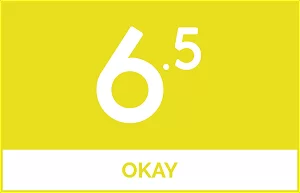 |
|
The good
|
The bad
|
Want to know more about our scoring scale?
This article may contain affiliate links, meaning we could earn a small commission if you click-through and make a purchase. Stevivor is an independent outlet and our journalism is in no way influenced by any advertiser or commercial initiative.




